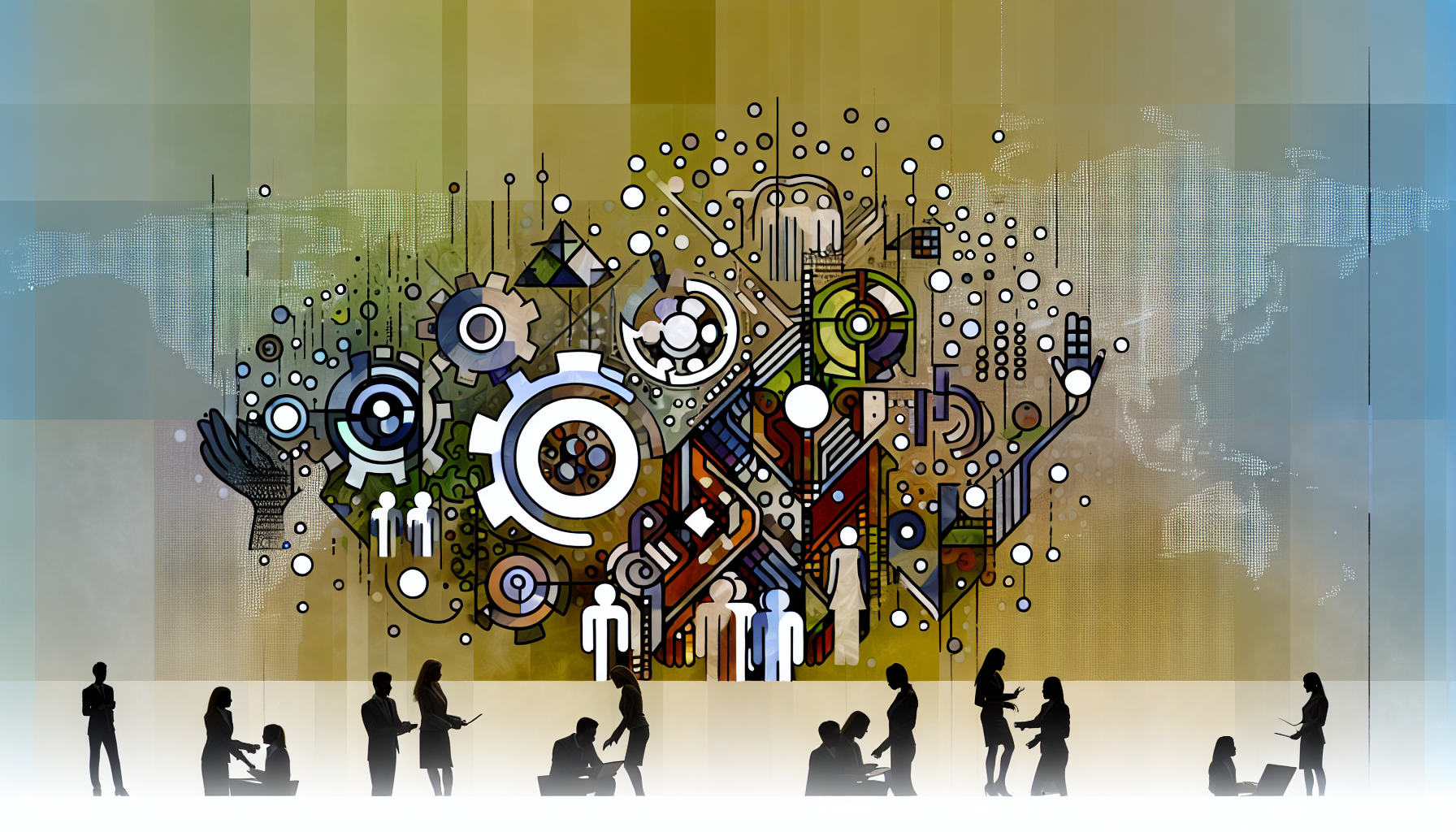
VamosWatu blog explores IT outstaffing, team growth, and tech trends. Practical insights to help companies scale efficiently and stay competitive.
Human Resources (HR) has shifted from basic personnel tasks to a strategic business function. This change is driven by technology, evolving workforce expectations, and new workplace models. Today’s HR addresses key areas like diversity, employee wellbeing, hybrid work, continuous learning, and advanced technology adoption for hr trends. Understanding these trends enables organizations to adapt and maintain competitiveness amid constant market shifts.
HR’s origins trace back to the Industrial Revolution, when managing large labor forces became necessary. Early HR focused on routine tasks such as handling grievances, dismissals, and safety compliance. Over time, the view of HR changed from simple personnel management to a more comprehensive approach.
By the late 20th century, the term “human resources” replaced “personnel administration,” reflecting employees as valuable assets rather than just labor. This shift enabled HR to move from administrative duties toward becoming a strategic business partner—a trend boosted by technological advances.
Technology is central in transforming HR. Automation handles repetitive tasks like resume screening and performance tracking, improving speed and decision quality. Tools also enhance data security and employee training effectiveness.
Key technological drivers include:
By cutting administrative overhead, technology allows HR teams to focus on strategic goals such as cultivating company culture aligned with business objectives through Artificial intelligence and machine learning in HR.
Diversity and inclusion are top HR priorities with a focus on data-driven, customized strategies. Organizations analyze workforce data to identify precise needs and design targeted programs.
Rather than one-size-fits-all policies, tailored initiatives support stronger cultures and boost employee wellbeing. This approach values employee diversity as essential to innovation and resilience.
Employee wellbeing now includes mental, physical, and financial health:
Supported by integrated software, these initiatives use engagement data and real-time analytics to deliver personalized support. Emerging tools, including virtual reality platforms, enable on-demand wellbeing resources tailored to workforce needs.
Hybrid models, mixing remote and in-office work, are changing workforce management. Research shows hybrid employees often feel more connected to company missions than those fully remote or on-site. Productivity for hybrid workers can be about 5% higher than other models.
Balancing employee preferences with business goals remains complex. Effective hybrid strategies focus on wellbeing, work-life balance, and continuous development. Flexible work arrangements should be part of a broader employee engagement plan focused on Hybrid work models and remote work productivity.
Ongoing learning is essential due to fast-changing job roles and skill needs:
Organizations investing in continuous learning tend to have more engaged, loyal employees. AI-powered adaptive learning platforms enable personalized skill development aligned with business goals.
Alongside technical skills, soft skills like communication and leadership prepare employees for future challenges and improve teamwork through Soft skill development programs.
Key technologies such as AI and machine learning automate routine HR tasks and provide predictive insights. Blockchain enhances data security, while virtual reality supports immersive training and remote collaboration.
Diversity and inclusion initiatives are tailored to workforce needs using data analytics, strengthening company culture and boosting employee wellbeing as essential for innovation and resilience.
Hybrid models improve employee connection to company missions and can increase productivity by around 5% compared to fully remote or onsite models, balancing personal preferences with business goals.
Continuous learning addresses evolving job demands and supports career growth expectations with AI-driven personalized learning paths and essential soft skill development.
Employee wellbeing programs focus on mental, physical, and financial health supported by software using real-time data and emerging tools like virtual reality for personalized support.
HR’s future depends on agility, innovation, and alignment with workforce expectations. Key focus areas include:
These steps require cultural change, investment in tools and training, and cross-functional collaboration. Organizations adopting this approach can build adaptable, engaged teams that support long-term success for hr trends.
Following these guidelines aligns HR functions with evolving workforce and business needs effectively.
Curious how a lean, embedded tech team can support your HR transformation or scaling plans? Learn about our hiring timelines.




